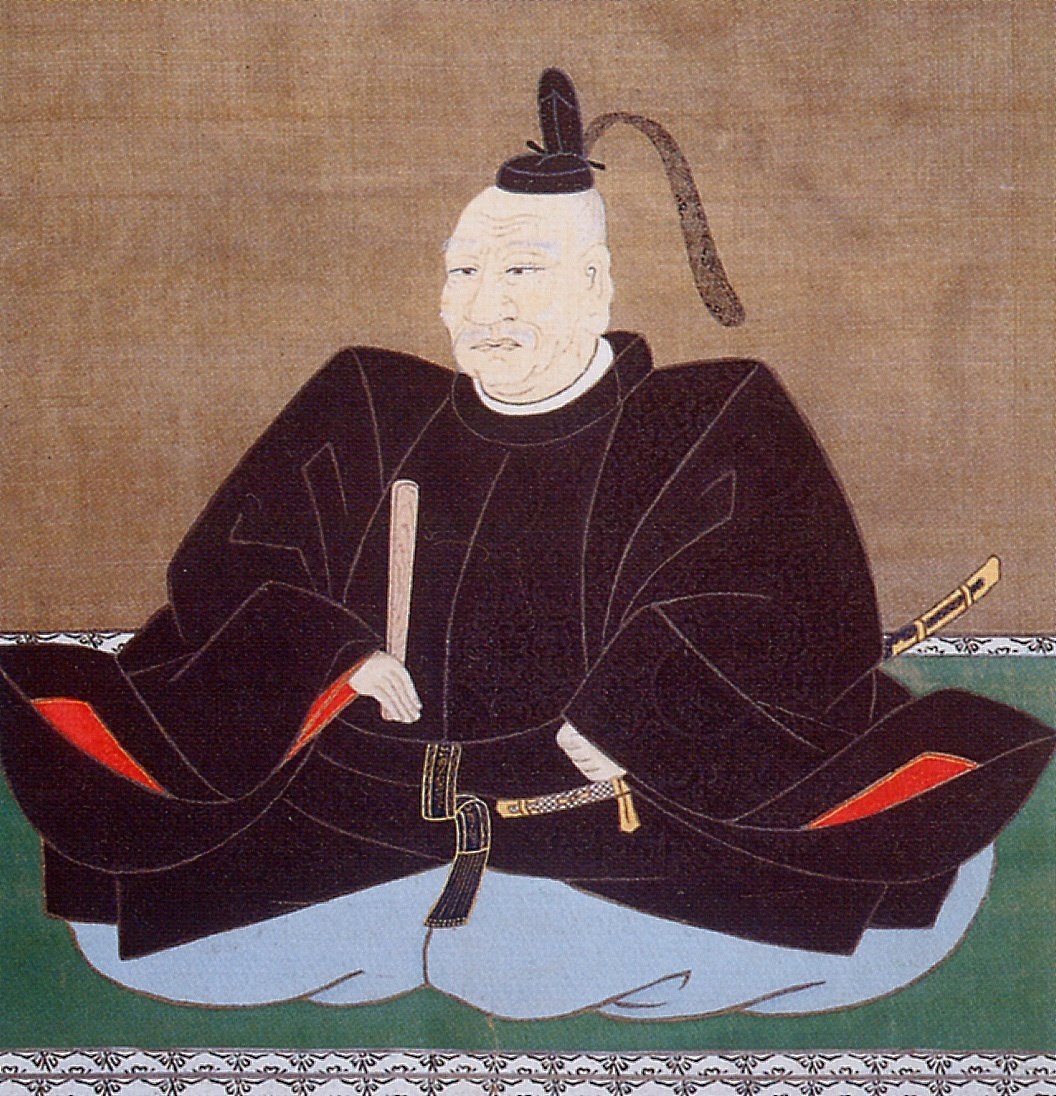
【~連載~静岡の歴史を学ぼう236】Was the Higashi Gomon in Sumpu Castle built for practical use? Part2駿府城の東御門は実践向きに造られたの?パート2
※ この記事は「静岡移住計画Facebook」に掲載しております。
なお上記の写真は静岡市から提供されております。
駿府城の東御門は「門」と言うより、「入り口」ですよね。下記のような二つの門の組み合わせを「桝形虎口」(ますがたこぐち)、または「桝形門」(ますがたもん)と言います。
虎口(こぐち)とは城郭の最も要所にある出入り口の意味です。
築城名人である藤堂高虎のデザイン。同時期に建てられた徳川系城郭には共通して見られます。

Was the Higashi Gomon in Sumpu Castle built for practical use? Part2
駿府城の東御門は実践向きに造られたの?パート2
This entrance system was called ‘Masu-gata Gate’ because the space shape was similar to ‘masu’, which is a Japanese traditional wooden box to measure rice, crops, liquid and so on.
この入り口のシステムは「桝形門」と呼ばれています。その空間の形が米や穀物、液体などを量る木の箱である「ます」に似ているからです。


Second, the eastern moat was widely distanced away from the street.
第二に東側の堀はもっと幅が広くありました。
Currently, it is not as wide between both sides as it was before.
現在、その道から壁までの幅は以前ほど広くなっていません。
Unfortunately, the present moat had to be narrowed due to modern road conditions.
残念ながら、現在の堀は現代の道路事情により狭くしなくてはいけませんでした。
The original moat had features for military strategy.
元々の堀には軍事的戦略がありました。

Third, the eastern walls also had slits for arrow weapons and holes for guns.
第三に、東側の石垣には弓矢のための狭間(さま)と銃口用の穴がありました。

丸形は鉄砲狭間(てっぽうざま)
While utilizing the width of the moat, Tokugawa family’s soldiers could protect themselves and attack enemies with guns and arrows.
堀の幅の広さを活用しながら、徳川家の兵士たちは弓矢と銃を使って、自分達を防衛し、敵を攻撃することが出来ました。
The Higashi Gomon Gate served not only as a symbol of power but also practical military usages.
東御門は権力の象徴だけでなく、実践の軍事使用の目的も果たしていました。

提供:静岡市
Observing this structure made visitors understand the sensitive historical background at the beginning of the Edo period.
この建物をよく観察すると、ここに来た方々は江戸時代初めの不安定な歴史的背景が分かります。
参考資料:リーフレット「駿府城は実践向きな城?!家康の攻防の工夫を要チェック!」静岡市発行
公益財団法人日本城郭協会 公認 お城を知って、巡って、つながるサイト「城びと」

